-
 Bitcoin
Bitcoin $113200
1.54% -
 Ethereum
Ethereum $4368
1.43% -
 XRP
XRP $3.022
4.23% -
 Tether USDt
Tether USDt $0.0000
-0.01% -
 BNB
BNB $883.5
0.92% -
 Solana
Solana $219.5
5.29% -
 USDC
USDC $0.9997
-0.02% -
 Dogecoin
Dogecoin $0.2411
3.66% -
 Cardano
Cardano $0.8908
5.48% -
 TRON
TRON $0.3349
0.94% -
 Hyperliquid
Hyperliquid $54.50
8.93% -
 Chainlink
Chainlink $23.73
5.54% -
 Ethena USDe
Ethena USDe $1.001
-0.01% -
 Sui
Sui $3.602
5.47% -
 Stellar
Stellar $0.3861
5.90% -
 Bitcoin Cash
Bitcoin Cash $585.1
-1.13% -
 Avalanche
Avalanche $26.09
4.37% -
 Hedera
Hedera $0.2325
5.06% -
 UNUS SED LEO
UNUS SED LEO $9.549
-0.23% -
 Litecoin
Litecoin $114.2
1.13% -
 Cronos
Cronos $0.2502
-2.95% -
 Toncoin
Toncoin $3.134
1.24% -
 Shiba Inu
Shiba Inu $0.00001307
4.10% -
 Polkadot
Polkadot $4.148
3.50% -
 Uniswap
Uniswap $9.759
3.47% -
 Ethena
Ethena $0.8495
11.24% -
 World Liberty Financial
World Liberty Financial $0.2188
3.76% -
 Dai
Dai $0.9997
-0.03% -
 Monero
Monero $271.7
0.21% -
 Aave
Aave $309.2
2.95%
What are the trading fees on Upbit?
Upbit charges 0.05% maker and taker fees, with volume-based discounts, withdrawal fees per asset, and transparent tiered pricing for active traders.
Sep 09, 2025 at 09:19 pm
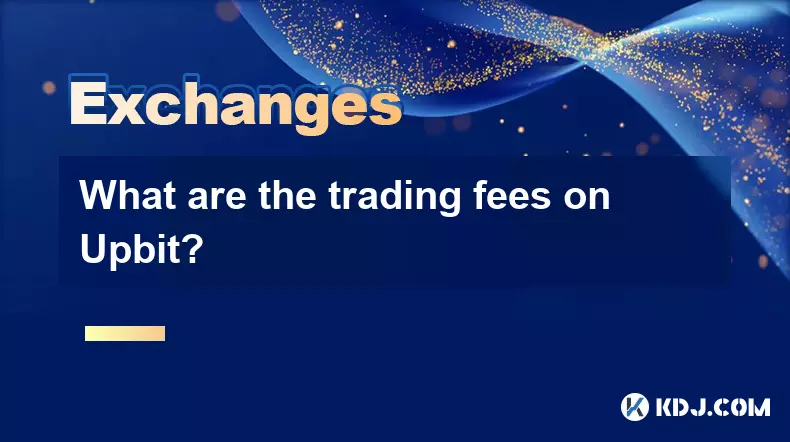
Understanding Upbit's Fee Structure
1. Upbit operates with a tiered fee model based on users’ trading volume over the past 30 days. The more a user trades, the lower their fees become. This system incentivizes active participation and rewards high-volume traders with reduced costs.
2. For regular spot trading, standard taker fees start at 0.05%, while maker fees are set at 0.05% as well. Unlike some exchanges that offer negative or zero maker fees to attract liquidity, Upbit maintains symmetry between makers and takers under its base structure.
3. Users who qualify for higher tiers due to substantial trading volumes can access discounted rates. These reductions are automatically applied and visible in the user’s account dashboard once eligibility is met.
4. Fees may vary slightly depending on the specific trading pair. Pairs involving KRW (South Korean Won) typically follow the standard schedule, whereas crypto-to-crypto pairs might reflect minor adjustments based on market conditions and demand.
5. Upbit does not charge deposit fees for most cryptocurrencies. However, withdrawal fees apply and differ by asset type. These fees are designed to cover network transaction costs and prevent spam transactions on the blockchain.
Trading Incentives and Volume-Based Discounts
1. Traders accumulating over 100 million KRW in monthly volume enter the first discount tier, reducing both maker and taker fees. Higher thresholds lead to progressively lower rates, benefiting institutional and professional traders.
2. The exchange publishes a detailed fee table accessible through its help center. This transparency allows traders to forecast expenses accurately and adjust strategies accordingly.
3. Frequent traders can link their accounts to Upbit’s affiliate programs or partner platforms to gain additional rebates. These arrangements are separate from the core fee structure but contribute to overall cost efficiency.
4. Fee discounts do not apply retroactively. Only trades executed after reaching a new tier benefit from reduced rates. Monitoring real-time volume metrics helps users anticipate when they will qualify for the next level.
5. Corporate and OTC desks may negotiate custom fee agreements directly with Upbit’s business team. These private arrangements cater to large-scale investors seeking tailored solutions beyond public pricing models.
Fees for Derivatives and Advanced Trading
1. Upbit offers futures and leveraged products on select assets, each carrying distinct fee schedules. Taker fees for derivatives generally range between 0.02% and 0.06%, with makers enjoying marginally better terms in certain cases.
2. Funding rates for perpetual contracts are exchanged between long and short positions every eight hours. While not classified as trading fees, these periodic payments influence net profitability and must be factored into strategy planning.
3. Margin trading incurs interest charges on borrowed funds, which operate independently of execution fees. Rates fluctuate based on supply and demand within the lending pool and are updated dynamically.
4. Liquidation events do not carry direct fees, but the forced closure of positions often results in slippage and unfavorable fill prices. Risk management tools such as stop-loss orders help mitigate unintended losses tied to volatile markets.
5. Advanced order types like TWAP or iceberg orders are available to premium users. Access to these features may require minimum balance requirements or verified institutional status, though no extra fees are imposed solely for using them.
Common Questions About Upbit Trading Fees
What is the difference between maker and taker fees on Upbit?Maker fees apply when an order adds liquidity to the order book, meaning it doesn’t execute immediately. Taker fees apply when an order removes liquidity by matching an existing one. On Upbit, both fees currently stand at 0.05% under standard conditions.
Does Upbit charge fees for withdrawing cryptocurrency?Yes, withdrawal fees vary by cryptocurrency and are intended to cover network transaction costs. These fees are displayed before confirmation and can change based on blockchain congestion and protocol requirements.
Are there any hidden fees when trading on Upbit?Upbit discloses all primary fees openly. There are no hidden charges for trading, although third-party services such as wallet transfers or external payment processors may impose their own fees outside Upbit’s control.
How can I reduce my trading fees on Upbit?Increasing your 30-day trading volume unlocks lower fee tiers. Additionally, participating in referral programs or using affiliated broker channels may provide further reductions or cashback incentives.
Disclaimer:info@kdj.com
The information provided is not trading advice. kdj.com does not assume any responsibility for any investments made based on the information provided in this article. Cryptocurrencies are highly volatile and it is highly recommended that you invest with caution after thorough research!
If you believe that the content used on this website infringes your copyright, please contact us immediately (info@kdj.com) and we will delete it promptly.
- BlockSack Presale: Is the ROI Buzz Justified?
- 2025-09-10 00:30:12
- OpenSea, CryptoPunks, and the NFT Market: A New York Minute on Digital Art's Evolution
- 2025-09-10 00:30:12
- Kazakhstan's Crypto Play: A National Reserve and the Best Cryptos to Watch
- 2025-09-10 00:35:13
- Ripple, BBVA, and MiCA: A New Era for Crypto in Spain?
- 2025-09-10 00:35:13
- Gemini's Nasdaq Listing: IPO Buzz and Crypto's Mainstream Moment
- 2025-09-10 00:40:12
- USDT0 & X Layer: Unifying Stablecoin Liquidity for a Seamless Web3 Experience
- 2025-09-09 22:45:15
Related knowledge
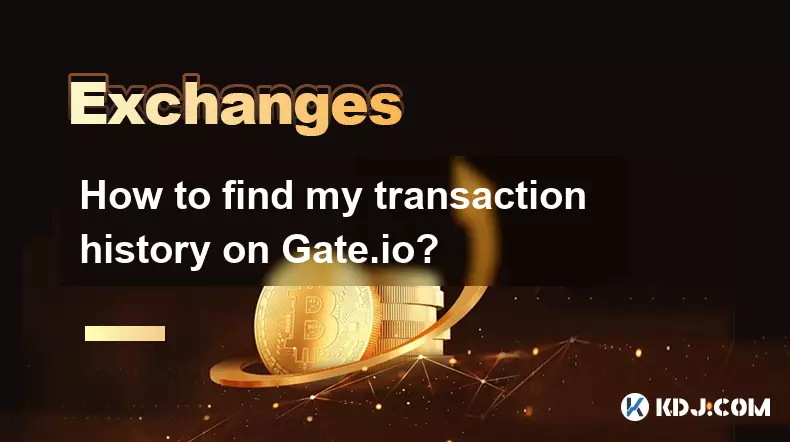
How to find my transaction history on Gate.io?
Sep 09,2025 at 12:00pm
Gate.io is one of the leading cryptocurrency exchanges, offering users a secure platform to trade digital assets. Keeping track of your transaction hi...
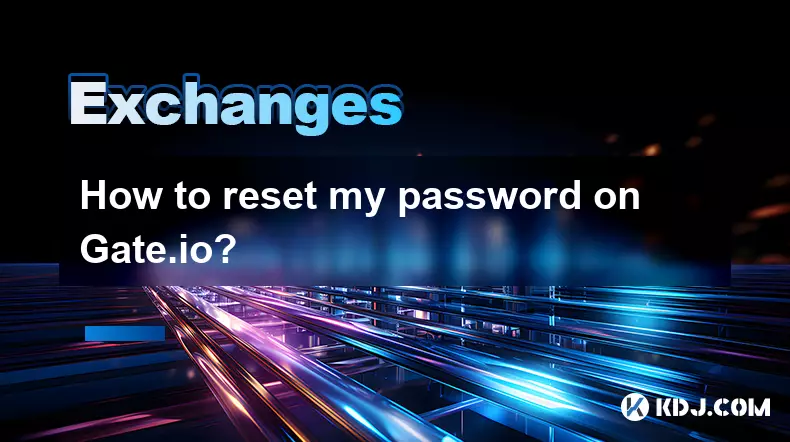
How to reset my password on Gate.io?
Sep 09,2025 at 04:18pm
Recovering Access to Your Gate.io Account1. Navigate to the Gate.io official website and click on the 'Login' button located at the top right corner o...

What are the trading fees on Upbit?
Sep 09,2025 at 09:19pm
Understanding Upbit's Fee Structure1. Upbit operates with a tiered fee model based on users’ trading volume over the past 30 days. The more a user tra...
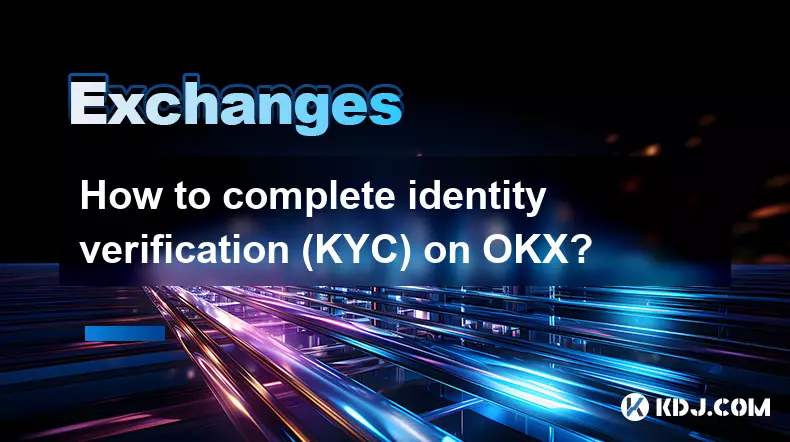
How to complete identity verification (KYC) on OKX?
Sep 09,2025 at 12:18pm
Understanding the Importance of KYC on OKX1. Identity verification, commonly known as KYC (Know Your Customer), is a mandatory process for users who w...
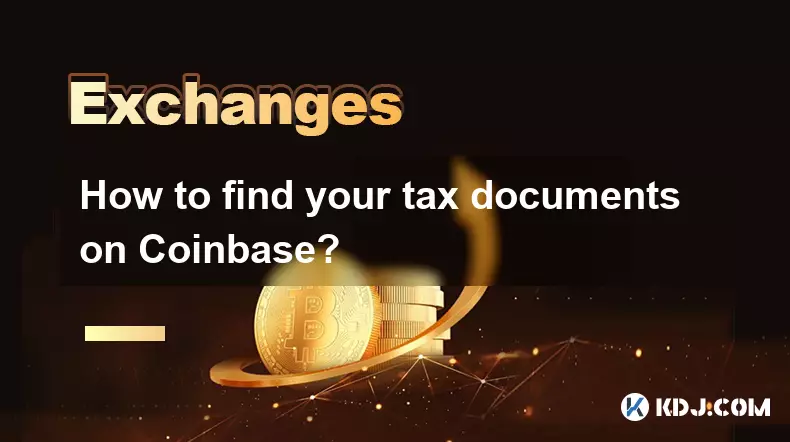
How to find your tax documents on Coinbase?
Sep 09,2025 at 11:55am
Tax Document Access on Coinbase1. Log in to your Coinbase account through the official website or mobile application. Navigate to the 'Reports' sectio...

Why was my KuCoin KYC verification rejected?
Sep 07,2025 at 10:37pm
Common Reasons for KuCoin KYC Rejection1. The submitted identification documents are blurry or partially obscured. Users must ensure that all four cor...

How to find my transaction history on Gate.io?
Sep 09,2025 at 12:00pm
Gate.io is one of the leading cryptocurrency exchanges, offering users a secure platform to trade digital assets. Keeping track of your transaction hi...

How to reset my password on Gate.io?
Sep 09,2025 at 04:18pm
Recovering Access to Your Gate.io Account1. Navigate to the Gate.io official website and click on the 'Login' button located at the top right corner o...

What are the trading fees on Upbit?
Sep 09,2025 at 09:19pm
Understanding Upbit's Fee Structure1. Upbit operates with a tiered fee model based on users’ trading volume over the past 30 days. The more a user tra...

How to complete identity verification (KYC) on OKX?
Sep 09,2025 at 12:18pm
Understanding the Importance of KYC on OKX1. Identity verification, commonly known as KYC (Know Your Customer), is a mandatory process for users who w...

How to find your tax documents on Coinbase?
Sep 09,2025 at 11:55am
Tax Document Access on Coinbase1. Log in to your Coinbase account through the official website or mobile application. Navigate to the 'Reports' sectio...

Why was my KuCoin KYC verification rejected?
Sep 07,2025 at 10:37pm
Common Reasons for KuCoin KYC Rejection1. The submitted identification documents are blurry or partially obscured. Users must ensure that all four cor...
See all articles
























































































